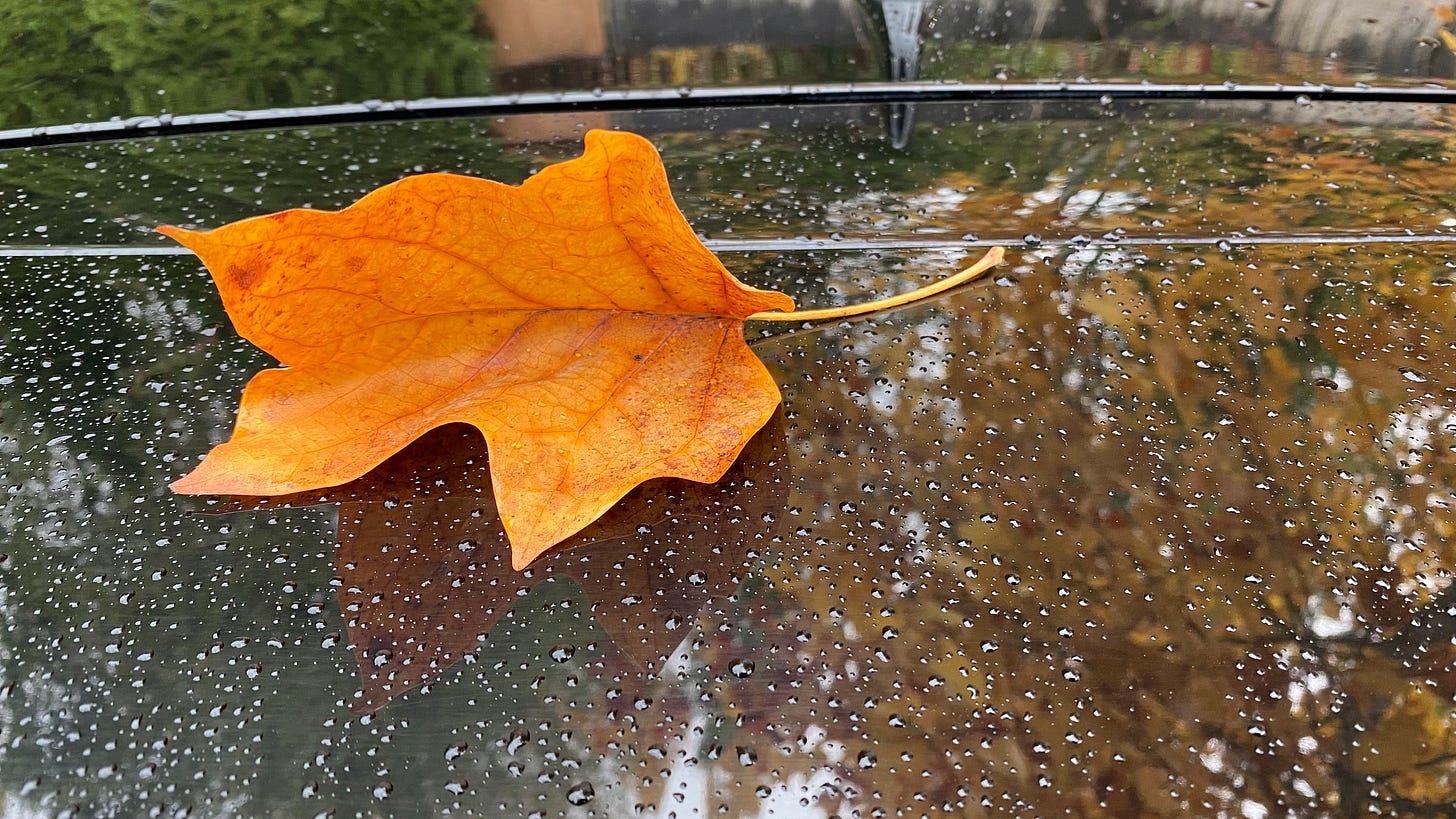Maple Hunting
Leaf-Peeping in Japan

Let’s start with some key vocabulary.
紅葉
Kōyō is one way to pronounce these two characters. The first one is also read as both kurenai and beni, and refers to a deep red or crimson color. The second character, also read as ha, means leaf. The most beautiful autumn leaves in Japan are crimson in color, so kōyō means autumn leaves.
There is another way to read those two characters, however. Momiji also means autumn leaves, but momiji are also maple trees, Acer palmatum. Confused? Momiji, when specifically referring to the tree without referencing its autumn color, is also written as 椛, which is a very cool character, too. At right, you have 木, read as ki, meaning tree. At left, 花, hana, meaning flower, is also a cool combination. The top part is a variant of 艸, kusa, meaning grassy plants, and at the bottom, 化, bakeru, meaning to change.
Are maple trees the only stunners in Japan’s autumn landscape? Far from it. Both cherry trees and gingkos offer beautiful yellow leaves. Oaks go from green to orange to brown, too.
紅葉狩り
This combination of characters has, as far as I know, only one reading: momijigari, literally meaning autumn leaf hunting or maple hunting. Momijigari is the Japanese way to say leaf-peeping, the enjoyment of autumn leaves. Why hunting? The best places to view autumn leaves are usually far removed from city centers, up in the mountains or deep in valleys, places that, once upon a time, only hosted one type of human: hunters.
Keep reading with a 7-day free trial
Subscribe to Out of Japan to keep reading this post and get 7 days of free access to the full post archives.


